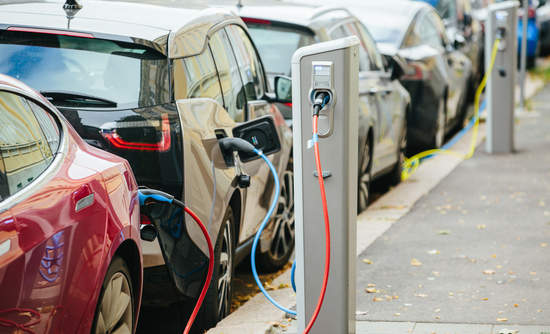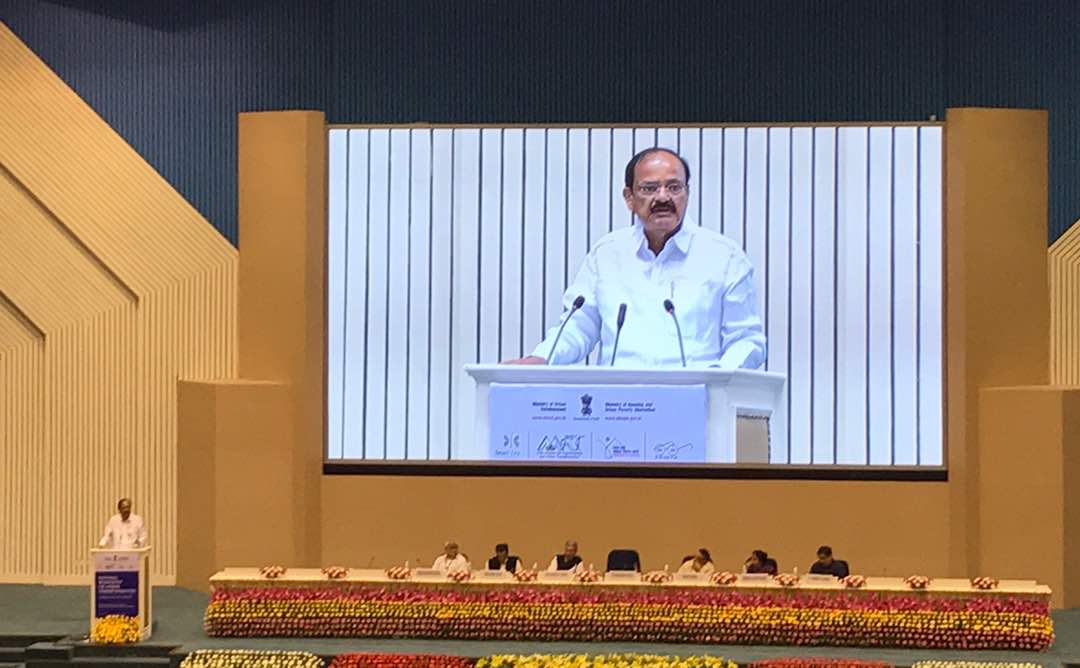
Anil Banchorr, Chief Executive – Concrete Business, ACC Ltd, outlines the latest developments, emerging R&D themes and sketches the future roadmap for the Indian concrete industry. In conversation with Rachita Jha, Elets News Network (ENN)

Chief Executive – Concrete Business, ACC Ltd
Being an industry major, please share your insights on demand trends in the sector?
India is a major emerging economy and has attracted significant FDIs in construction & realty sectors. This has resulted in massive growth in demand for projects in residential & commercial set-ups, industries & infrastructure segments. The usage of modern construction technologies and application processes has led the Indian concrete industry to look much more beyond the normal conventional concrete systems and methods. Notable trends in the market which drive innovations in concrete technology & applications include hi-tower approaches in realty sectors, green buildings concepts, and commercial buildings for service sectors like IT/ITES/BPO, banking and medical tourism. In addition, there are fast paced time-bound large infrastructure projects, rapid road construction projects and industrial corridors/developmental projects. The new concrete technological advances include designing of mixes, sourcing & usage of raw materials, developing value added solutions & making attempt to approach to mindset change of users in influencing and embracing to the new technologies.
What are the latest innovations in concrete technology?
The concreting needs nowadays are larger in volumes, and site mixed concrete applications are no longer sustainable as construction business applications. Now this has been largely converted into the Ready Mix Concrete (RMC) applications in servicing the economy by larger capacity productions and weight based mixing options with power mixers very precisely and usage of world class systems and instrumental control mechanisms. These heavy volumes of concrete placing are done by high pressure hydraulically operated concrete pumps-static & boom placers, tower cranes, special buckets, large conveyor pumping systems etc. These offer large savings in labor costs & time. The transportation of these RMX concrete is done through specially agitating drums mounted on the trucks i.e. transit mixers or dumpers or conveyors depending on the logistical needs.
Share with us your new product development strategy that makes you one amongst the top market leaders?
Our focus is on sustainable construction methods and technology for the future. Based on the growing construction trends and keeping in mind the futuristic objectives to meet the applications and uses & regarding the concrete technology & its applications, we provide the Value Added Solutions (VAS) – this is value engineering. Based on the product life cycle theory, all the above developed VAS specifics are in the introductory phases of construction needs. Hence, the demand analysis for these applications is very limited and scope for VAS are tremendous in this growing economy based on the trend studies and shift of modes of construction practices obtained. The thrust is to obtain customer delight by serving the different options and making them understand the rheology of mixes and uses to get the cost-benefit out of VAS in the projects we serve.
What will be the future roadmap for the concrete industry in India?
We expect that in future, the demand for the VAS will grow especially as the architects, structural consultants, influencers, applicators, users & end users are better able to understand the dynamics of the game in reducing project costs. The use of the technological advances and need analysis will ease out the nature of project with low cost models of business ideas and implement to achieve economies of scale for the companies in India. Cement consumption in India has gone beyond 240million tonnes in 2013 and we foresee significant opportunities for growth up to 2021 with projections crossing 380 million tonnes. Similarly we also expect demand for concrete to rise from 80 million cubic meters annually to 127 million cubic meters annually by 2021. The major challenge is the access of locally available raw materials for concrete, particularly due to source depletion/environmental concerns. Other trends we foresee would be securing alternative sources and substitutes for aggregates, and technological shifts towards recycling.





















